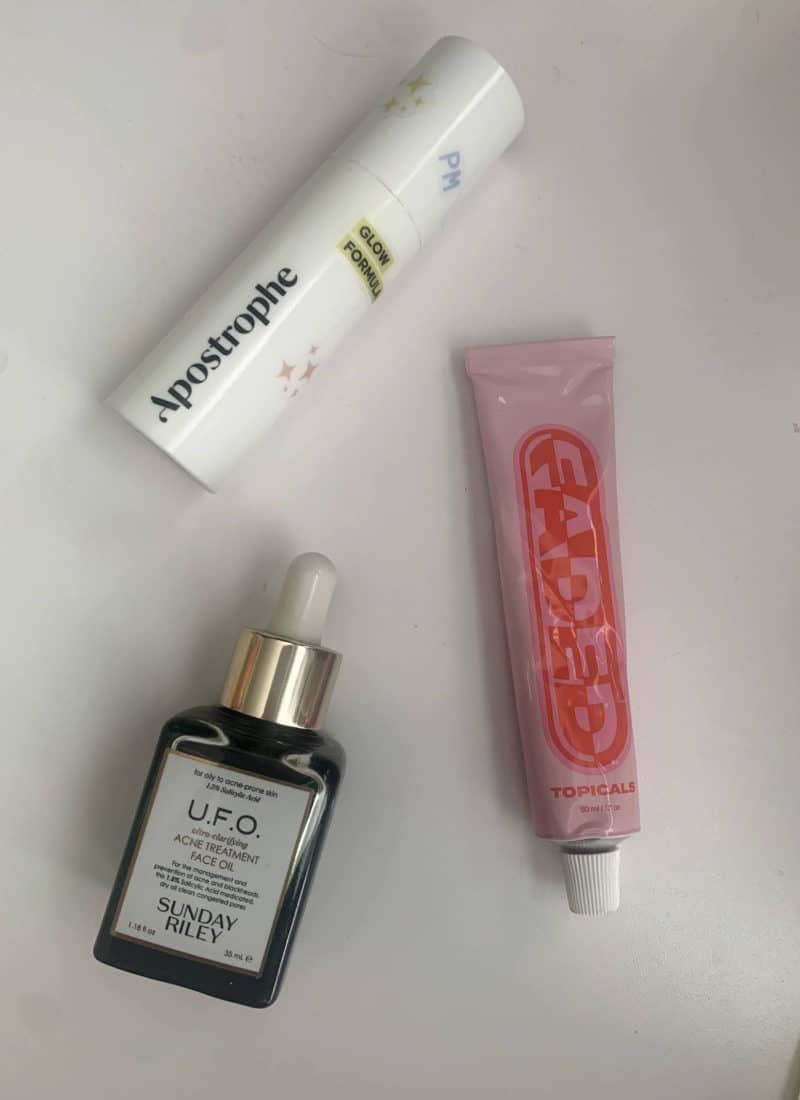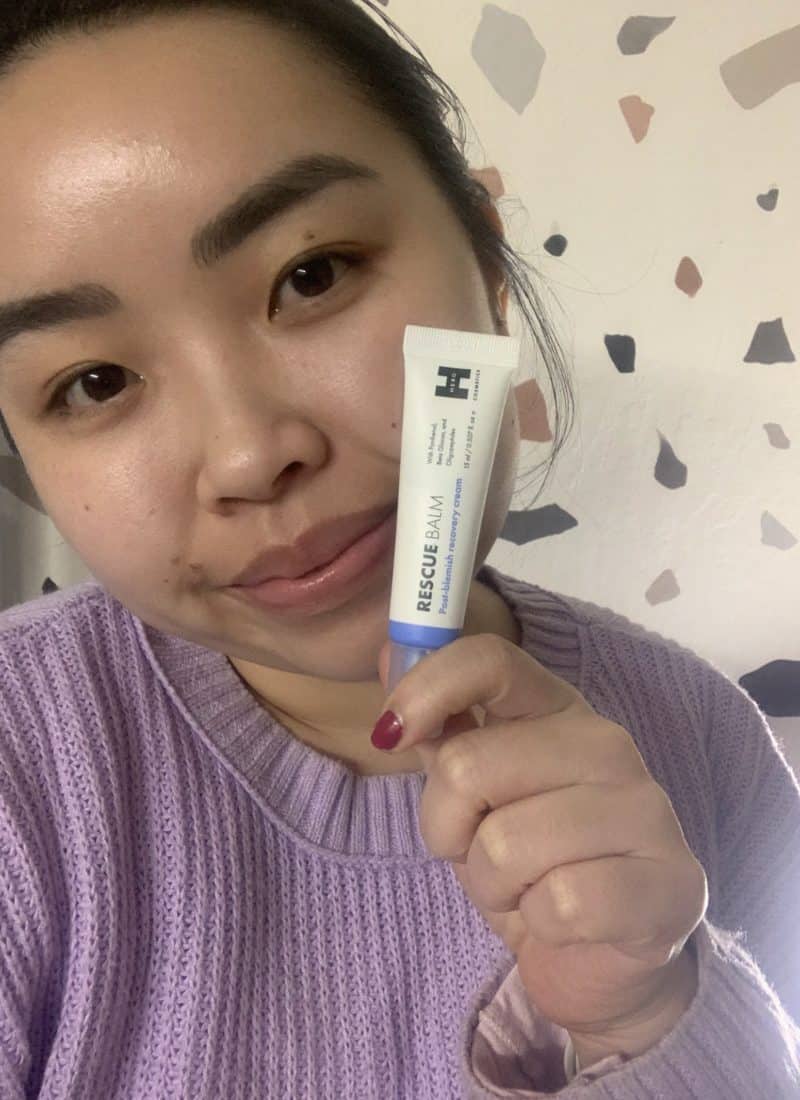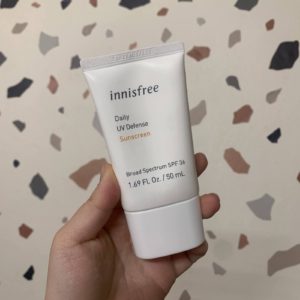If you’ve been following me on Instagram or TikTok, you probably know that I’m a licensed esthetician. I got my license back in 2019 and it was one of the best decisions I’ve made. Sometimes I get questions asking about esthetician school, training hours, and what that experience was like – so today I’ll be sharing how to become an esthetician (specifically my experience in California).
Why should you become an esthetician?
Like most types of schooling, a lot of it depends on what you’re interested in and where you see your career heading. In terms of getting an esthetician license, this is required to legally provide treatments like facials, waxing, lash extensions, and more.
Becoming an esthetician also gives you more credibility because you will have a license that shows that you’ve had significant learning about skin, concerns, and health + safety requirements.
Many people go into esthetician school passionate about something, whether it be wanting to give facials, wanting to be the best waxer, or wanting to expand on their skincare knowledge for a more traditional corporate career (like me).
What are the requirements for becoming an esthetician?
Something to preface as we dive into this is that every state has different laws and requirements when it comes to becoming an esthetician. What commonly varies are what services are legally approved by the state board, how many hours you need to complete in school, and what the state board exam is like.
I will be sharing my personal experience and requirements in California, but if you’re not in this state, it’s important to look up the requirements in your state. It’s also important to note that the requirements can (and often do) change over time, so be sure to do your research!
Most schools in California will require you to have a high school diploma in order to enroll in esthetician school.
You’re required to complete 600 training hours as a part of your esthetician program. You can find esthetics programs at most beauty schools or at a cosmetology school. Most schools have programs for cosmetology (hair and makeup), esthetics, and nails.
Once you complete your 600 hours, you have to take a state board exam that has two parts: a written exam and a practical exam. If you pass both parts of the test, you’ll receive your license!
Now that you know the high level requirements it takes to become an esthetician, let’s talk through each step.
How to pick an esthetician school
So the first step to becoming an esthetician is finding an esthetician school to attend. There are few different types of esthetician schools: independent schools and brand-led esthetician schools like Aveda institutes.
Here are some of my tips for an aspiring esthetician looking for a school:
Decide between an independent or brand-led school
The first decision you should make is if you want to go to an independent or brand-led school. Independent esthetician schools are typically widely available in most states, particularly in larger states and cities. These are run by individual owners.
Pros:
– Often cheaper than brand-led schools
– Allow you to learn and work with other brands’ product lines
– Can be more flexible in terms of scheduling
Cons:
– Sometimes don’t provide as much education for specific product lines (ex. How to use, how to sell retail products, etc.)
Brand-led schools like Aveda Institute or Paul Mitchell The School are run by these brands. These schools teach aesthetics using the brand’s products and philosophies. This can be a positive if you align with the brand and their products.
Pros:
– Can provide stronger brand and product education and training
– Can be easier to find roles after graduation within the brand’s spas (if they have them)
Cons:
– Can be more expensive than independent schools
– You are only taught how to use their products, no other brands
Both types of schools have their positives and negatives, but I personally chose an independent school because the tuition was cheaper and they were more flexible with schedule and product lines that were used.
Ask about the structure of the school
Another thing you should ask about is the structure and schedule of the school. Do they provide full-time and part-time schedules or just full-time? This is important to ask if you hope to continue working while going to school.
For me, I was working full-time when I decided to pursue esthetician school, so I needed to find an esthetician program that worked with my full-time schedule. Not all schools offer part-time schedules and sometimes the scheduled hours aren’t after work hours. I was lucky enough to find a school that had a part-time schedule that was 5 PM – 10 PM, so I could work full time and go to school afterwards.
It’s also important to ask about the flexibility of the school. What happens if you miss a day of training because you’re sick or because of a vacation? Are you able to make up your training hours? Since you are required to complete a specific number of training hours, you’ll have to see what the school’s policy is when it comes to missing school.
Since I was working full time and traveled for work often, I needed a school that allowed me to make up hours. My school was extremely flexible and allowed us to make up hours on different days of the week. The duration of the esthetics program was also longer than the 600 hours to ensure we all completed our full 600 hours during the 6 month period.
Definitely ask a lot of questions to ensure the esthetics program you’re looking at will work with your life and schedule.
Look into what brands the school uses for teaching
As mentioned earlier, different schools work with different skincare lines. Having expertise in specific skincare lines can help you with getting job opportunities in the future. Being a skincare specialist or having experience doing professional skin care treatments with a product line that a spa uses gives you a leg up in the interview process.
Some popular brands that many schools use are Dermalogica, Murad, Image Skincare, and more.
Having a strong understanding of a variety of brands will also help you better understand ingredients and how they work to treat different skin concerns.
Do research on what opportunities the school provides
Another important thing to ask about is what opportunities the esthetician program provides. Are there opportunities for continuing education? Do brands come in and provide skin care training? Does this esthetics program have ways to connect students with job opportunities after graduation?
These opportunities are extremely important when deciding what esthetics program to go with. Having these opportunities can help you succeed in the beauty industry after completing your hours.
What esthetician school is like
Now that you know what to look for when choosing a school, I’ll share a little bit about what esthetician school was like for me. I won’t dive too deep because every esthetics program will be different!
You’re required to clock in and out of your program to track your hours: remember, you’re trying to hit 600 hours (in California). The required 600 hours are split up by textbook work, hands-on practice, and practicing for the state board exam.
The first half of my program was largely bookwork – learning basics about the skin, skin layers, different ingredients, how they work, etc. We also focused a lot on sanitation and how to safely perform cosmetic skin treatments like facials. We learned about LED, the Fitzpatrick scale, skin conditions, and more. There were quizzes for each chapter that we had to pass before moving onto the next.
Once we learned this information through textbook work and quizzes, we moved on hands-on practice. We learned how to give a skin analysis, facials (chemical peels, skin treatment, body treatments. etc), hair removal like waxing and tweezing, makeup application, and more. This hands-on practice is crucial to figuring out what treatment(s) you enjoy doing!
We also had about 1/3 of our time in school focused on practicing for the state board exam. We had practice tests for the written portion along with run-throughs of the practical portion. This is also extremely important to ensure you pass your exam and get your licensure!
How to prepare for your State Board Exam
So now you’ve finished school and you’re preparing for your state board exam. Here are some of my top tips when studying for your state board exam:
– Make flashcards! I know it seems dull but there is so much terminology you need to remember, so having flashcards to study from will be so helpful.
– Hands-on practice is key. Practice your practical exam over and over again until it comes naturally. This helped so much for me!
– Study with your classmates! Quiz each other, take practice exams, watch each other practice. There is so much you can learn from others.
The exam is very stressful and is a full-day affair, but once you’re done, you’ll get your license – and it’s an amazing feeling.
What do you do after getting your license?
After getting your esthetician license, it’s important to network and find an opportunity that’s right for you. If you’re a new licensed esthetician, it can be hard finding a job at a spa because they tend to favor those with experience. Building a client roster, taking classes for continued education, and learning more about different skincare products can help set you apart.
A lot of estheticians’ first jobs in the beauty industry are in chain spas like Massage Envy or European Wax Center. Once you get your licensure, you can start your own business if you prefer! I’ve seen classmates go on to be makeup artists, build an incredible client roster for their own businesses, and more.
For me, I got my licensure to be a skincare specialist in the beauty space. Having my esthetician license has allowed me to grow my skin care skillset and going to school provided a great opportunity for me to learn more about skincare and share it with all of you. There’s no right or wrong way to use your license – it’s all about finding your path.
If you’re thinking about becoming an esthetician, I hope this post was helpful!



